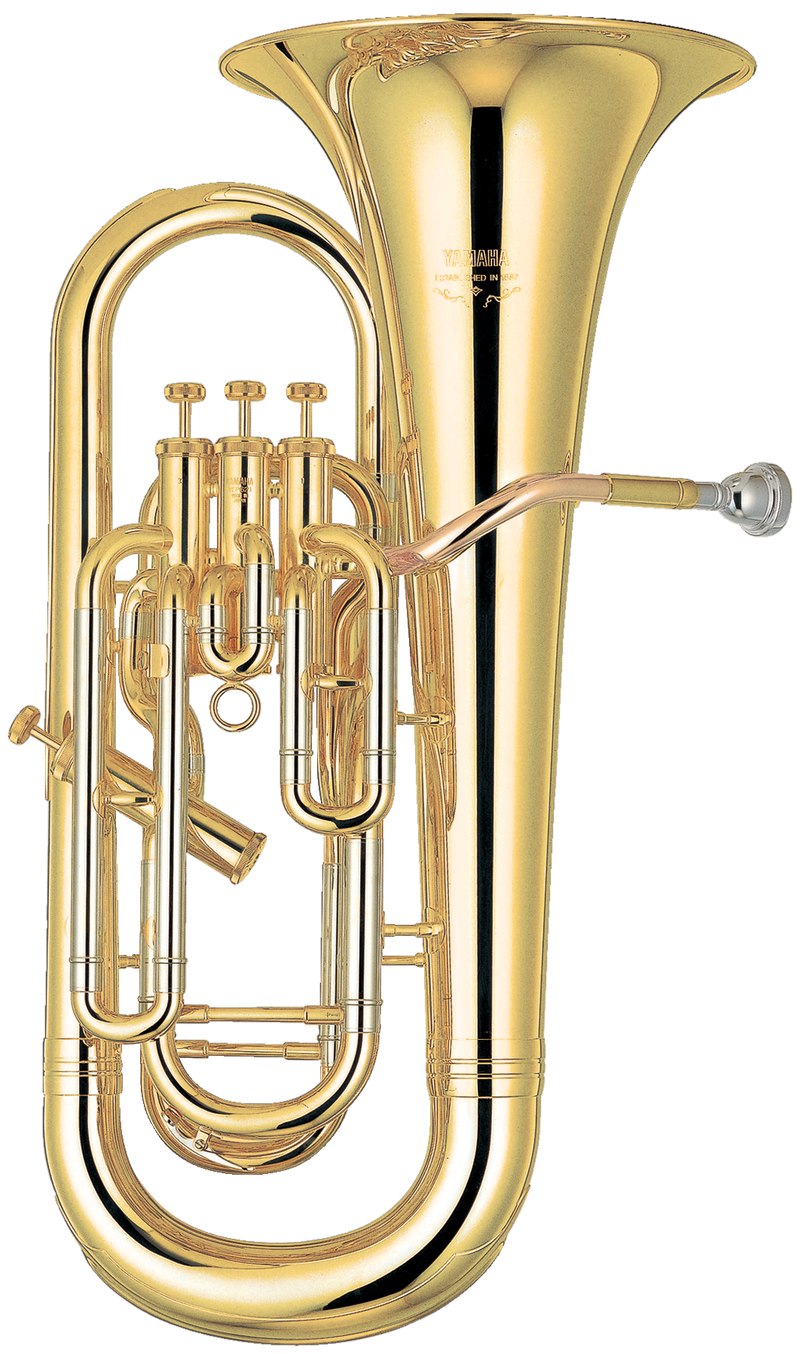Anatomy of the Baritone/Euphonium (5/9/2024)

Baritones and euphoniums are brass instruments known for their warm, mellow tones and versatile musical capabilities. Let's dive into the inner workings of these instruments, uncovering the various components that contribute to their distinct sound and character.
Mouthpiece: Just like with other brass instruments, the mouthpiece is where the sound begins. It's a small, cup-shaped attachment that players blow into to produce vibrations. The shape and size of the mouthpiece can affect the instrument's tone and playability, giving each player their own unique sound.
Leadpipe: The leadpipe is like the gateway for air to enter the instrument. It connects the mouthpiece to the main tubing and helps direct the airflow into the instrument's body. A well-designed leadpipe can improve the instrument's response and playability, allowing for smooth, effortless playing.
Valves & Valve Casing: Unlike trombones, baritones and euphoniums use valves to change the pitch of the notes. When a player presses down on a valve, it redirects the airflow through different lengths of tubing, producing different notes. The valves are housed in valve casings, which keep them in place and allow them to move freely when pressed.
Valve Slides: Similar to the slides on a trombone, baritones and euphoniums also have valve slides that can be adjusted to fine-tune the instrument's intonation. These slides extend and retract to ensure that each note is in tune with the rest of the ensemble. Keeping these slides well lubricated is essential for smooth, precise playing.
Water Key: During play, moisture can build up inside the tubing of the instrument. To prevent this from affecting the sound quality, baritones and euphoniums are equipped with a water key, also known as a spit valve. This small mechanism allows players to release excess moisture, ensuring clear, resonant tones.
Bell: At the end of the instrument, you'll find the bell, which is where the sound is projected outward. The shape and size of the bell can influence the instrument's tone and projection, with larger bells typically producing a richer, more resonant sound. It's like the speaker of the instrument, amplifying the vibrations created by the player.
The Difference Between Baritones and Euphoniums: While baritones and euphoniums may look similar, there are some key differences between the two. Euphoniums typically have a larger bore size and a more conical shape, giving them a darker, more mellow sound.
Understanding the anatomy of baritones and euphoniums gives us a deeper appreciation for these versatile brass instruments. From the mouthpiece to the bell, each component plays a vital role in shaping their unique sound and expressive capabilities, making them essential members of any ensemble.
Ready to Get Started?
Check out this Youtube Playlist for your first lessons, including how to assemble and hold the your instrument!


